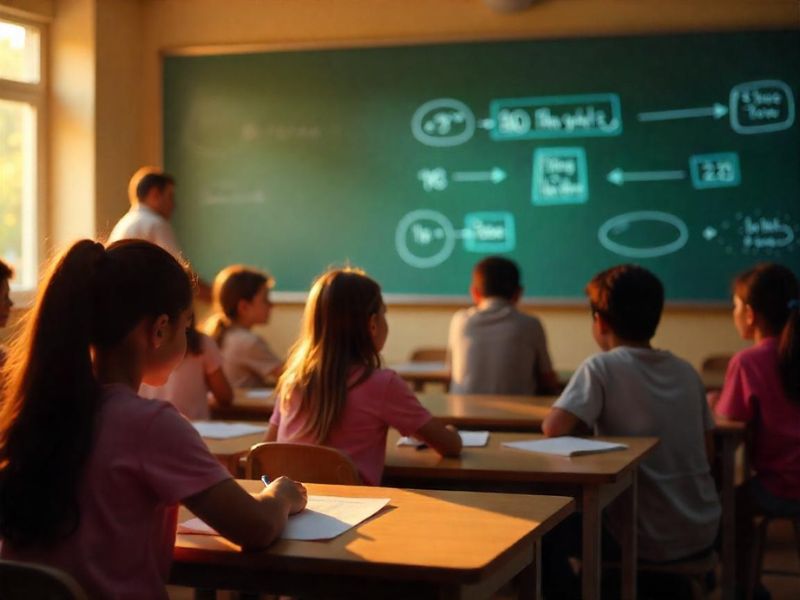Muneer Ahmad, Vice President AV Business, ViewSonic India
In today’s evolving educational landscape, one persistent challenge remains: how to effectively convey abstract concepts that are difficult to grasp. Ideas like gravity, democracy, or algebra are inherently intangible and often leave students confused—not due to lack of interest, but because traditional teaching tools fall short in making these concepts relatable.
The Power of Digital Visual Tools
Digital tools have changed the game, boosting comprehension and engagement by as much as 400%. Recognising this, modern classrooms are increasingly turning to digital aids that make learning more interactive, visual, and student-centred. These tools are not simply enhancements—they are now essential in helping students make sense of the abstract.
From Passive Listening to Active Exploration
Gone are the days when classrooms were spaces for passive note-taking. Digital whiteboards now allow teachers to sketch, annotate, and build ideas collaboratively with students. Whether it’s a live illustration of the water cycle or a shared maths problem, this dynamic format fosters engagement and deeper memory retention. Students are no longer spectators—they become contributors, adding diagrams and exploring ideas in real time.
Learning Through Interaction, Not Just Instruction
When students engage with content themselves, they start to internalise it. Interactive curriculum tools—such as science simulations or click-responsive graphs—enable students to experiment and explore. These hands-on experiences demystify complexity. For example, watching algebraic equations change visually helps students identify patterns and causes in ways traditional lectures can’t match. In language learning, real-time grammar games and vocabulary maps turn rules into discoveries, building both competence and confidence.
Reinforcing Without Repetition Fatigue
True understanding takes time and reinforcement, but repeating lessons the same way can lead to boredom. Editable digital libraries provide a solution, offering modular videos, diagrams, and quizzes that teachers can customise. Today’s infographic becomes tomorrow’s flashcard; a recorded lesson can be paused, reviewed, and discussed again. These tools support differentiated learning too—advanced learners can access enriched content, while others receive simplified versions. Teachers save time by adapting content rather than recreating it from scratch.
Making Learning Accessible to All
Abstract ideas become even harder when learners face language barriers or learning differences. Digital features like Immersive Reader and Live Captions help bridge that gap. These tools can break down complex text, translate key terms, and align audio with written content. Students can personalise how they consume information—changing reading speed, switching visual themes, or translating entire lessons—making learning more inclusive and equitable.
Simplifying Creation and Collaboration
For visual tools to be widely adopted, they must be easy to use. Cloud storage and file management ensure teachers can quickly access, share, and organise resources. Whether co-teaching or seeking feedback, cloud-based platforms make collaboration fluid and efficient.
Beyond the Classroom Walls
Learning doesn’t stop at the classroom door. Screen recording and live streaming have become essential for remote or hybrid learning. Missed a class? Students can rewatch a full lesson with voiceover, slides, and annotations. Live streams allow off-site learners to engage in real time, helping them stay connected to the classroom dialogue.
Where Understanding Begins
The true moment of learning comes when a student says, “Now I get it.” That moment usually happens not from hearing something repeated, but from seeing it, interacting with it, and relating it to something familiar. Digital visual tools offer that crucial bridge between abstract concepts and concrete understanding.
In today’s classrooms, visuals are not just decorative—they are decoding devices. By showing rather than merely telling, educators can make learning stick. And that’s where true understanding—and education—begins.
Also Read: Online Tech Degrees vs. Traditional Campuses: The Fastest Path to Closing India’s Skills Gap
